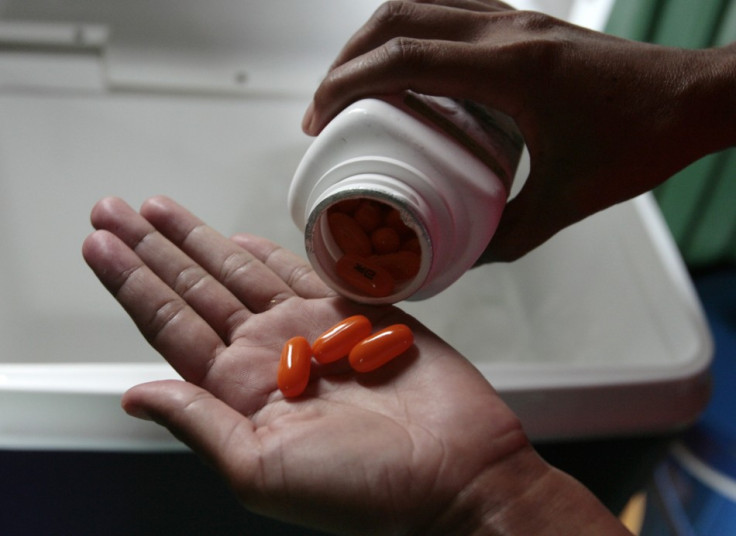Powerful antibiotic that kills drug-resistant superbugs created from dirt

One and a half decades after the last antibiotic was developed, researchers seem to have hit success in a compound isolated from ordinary soil.
Isolated from a soil-dwelling bacteria, the compound promises to be the first of a new family of 'game-changing' antibiotics.
Early tests in mice suggest it could be effective against the growing army of superbugs, ranging from staphylococcus to drug-resistant tuberculosis, reports NBC News.
Scientists at Northeastern University in Boston in collaboration with a company called NovoBiotic Pharmaceuticals hit upon the compound, teixobactin, by using a new method. Normally, most bacteria found in soil cannot be grown in the lab.
"The compound is highly potent against a broad range of Gram-positive microbes, including methicillin-resistant Staphylococcus aureus (MRSA) and vancomycin-resistant enterococci (VRE)," the company said in a statement.
Kim Lewis of Northeastern and team screened 10,000 different types of bacteria and found a promising one called Eleftheria terrae.
In a unique method that bred the bacteria on the same soil in the lab, and 'tricking' the microbes, around 25 candidates were discovered of which teixobactin was most promising with a novel mode of action and safety in use, says the study.
Lab tests showed it makes a compound that kills other bacteria by interfering with their rebuilding process.
However, it doesn't break down the type of cell envelopes that Gram-negative bacteria make, so it is unlikely to work against most strains of E coli, the vibrio bacteria that cause cholera or the Yersinia bacteria that cause plague.
E terrae is itself a Gram-negative bacteria.
Tests in mice showed it could cure infections without causing harm to cells of the body. More important, it seems to be a step ahead of mutations that bacteria use to resist drugs. But resistance cannot be ruled out in the long run, say experts.
Penicillin was derived from Penicillium, a fungus found commonly including in soil. But bacteria soon learnt the tricks of the trade.
Staying a few steps ahead
Nine years after tetracycline was introduced in 1950, a resistant strain of Shigella evolved. Methicillin-resistant Staphylococcus aureus (MRSA) emerged just two years after methicillin hit the market in 1960.
It took just a year for the first staph germ to resist the last new antibiotic to be introduced in 2010, ceftaroline.
Indiscriminate and improper use of antibiotics has led to the rising health catastrophe of drug-resistant bacteria. Globally, antibiotic use has risen by 36% during the last decade with India leading the pack.
Recently, researchers from India reported cases of bacteria resistant to colistin -- the last resort, toxic drug available following resistance to powerful drugs like carbapenems.
According to the Centers for Disease Control and Prevention, over two million people are infected by drug-resistant bacteria every year, and 23,000 die of related infections.
Many companies have discontinued antibiotics development due to poor returns on investment in contrast with drugs for chronic illnesses. Only two new antibiotics have been approved since 2009.
© Copyright IBTimes 2025. All rights reserved.





















